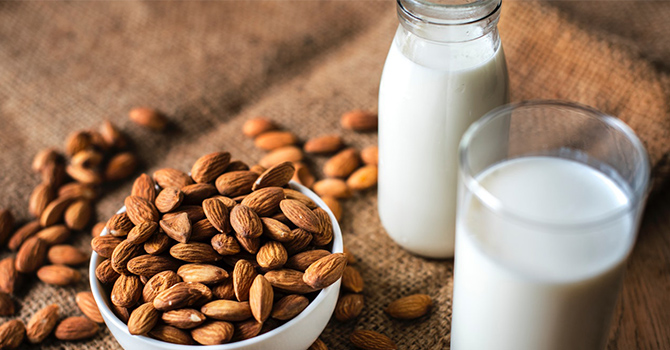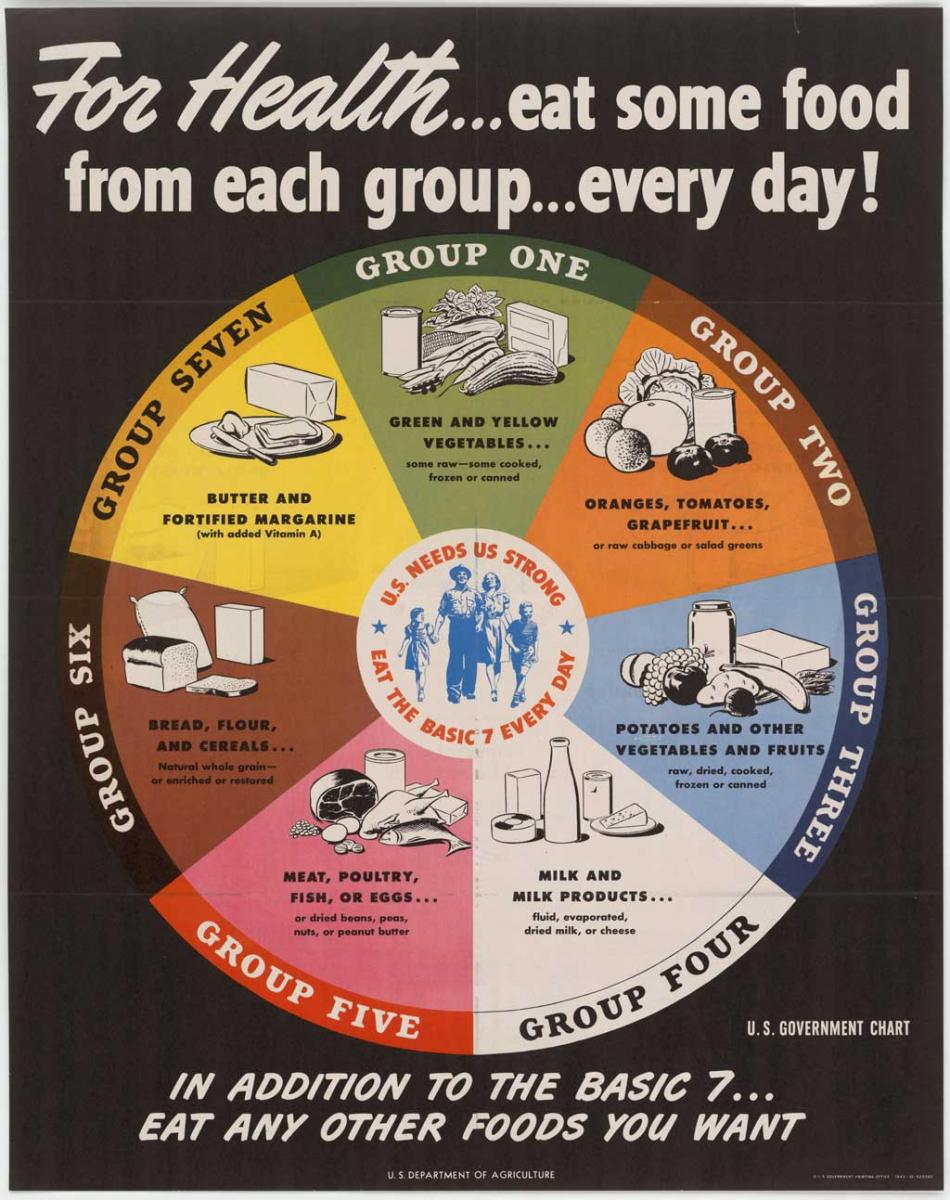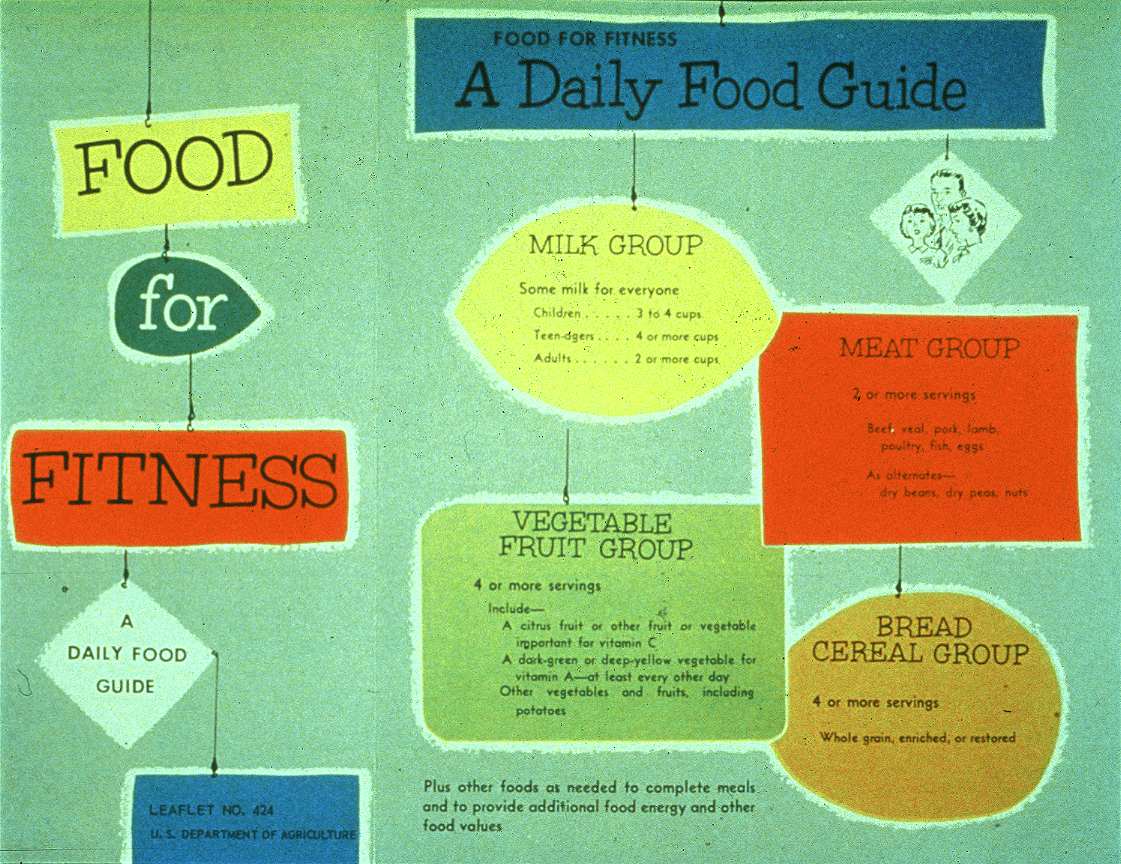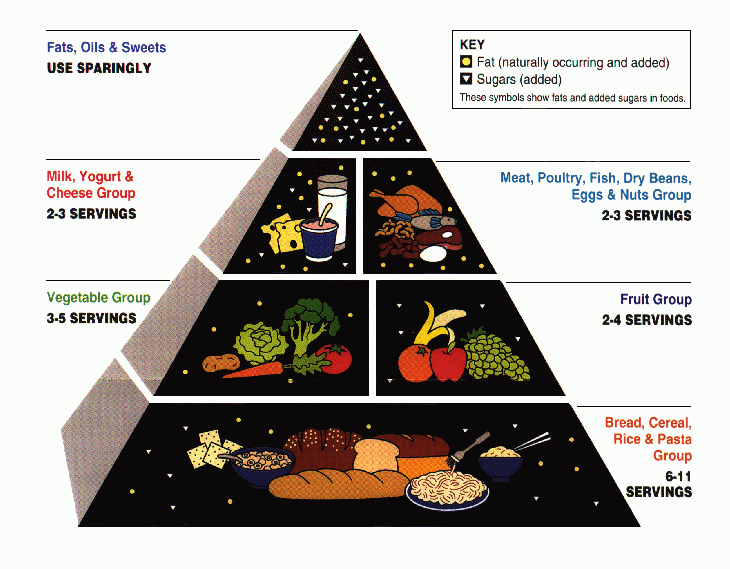Is Cow's Milk Essential for Human Health?

Chloe Pawloski
Bachelor’s Student in Public Health
Americans have been asked if they “Got Milk?” since 1993.
For decades before that iconic campaign was launched in California, the USDA had been recommending three daily servings of dairy and continued to recommend 2–3 servings with the food pyramid through the 1990s and into the 21st century.
The nutritional importance of dairy is engrained in our dietary conscience.



And certainly, cow’s milk does contain micronutrients that support strong bones and provide other health benefits. But for a variety of reasons—allergies, environmental sustainability concerns, animal ethics and lifestyle choices, and so on—Americans are consuming less cow's milk.1
We can get all of the nutrients for optimal health from a high-quality diet that limits or contains no dairy.
Is the consumption of cow’s milk essential for proper health? The bottom line is no, dairy products are not a nutritional requirement for humans. We can get all of the nutrients for optimal health from a high-quality diet that limits or contains no dairy. But given the ubiquity of dairy-based products in our food environment, how do we ensure we are taking in adequate amounts of calcium, protein, and other nutrients commonly provided by cow’s milk?
Standard American Diet
The standard American diet is high in processed foods and refined grains and is energy dense. The USDA notes 1½ cups of ice cream, the third most-consumed dairy product in 2010, as a serving of dairy.2 Many schools provide flavored and/or sugar-sweetened milks and yogurts, which many children and adults prefer over unflavored, unsweetened milk.3 Cheese is the top-consumed dairy product, but in American diets, cheese is added on pizza and cheeseburgers, neither of which are quality dishes.2 When acquiring nutrient-specific recommendations, we cannot ignore the diminishing nutrient quality of the standard diet we eat to reach these recommendations.
In both studies, women who consume quality diets containing leafy green vegetables were in great health.
Chinese Plant-Based Diet
In general, the Chinese diet is focused on fruits and vegetables, which serve as an important source of calcium.4 Diets of Chinese women with high fruit and vegetable intake—and correspondingly high intake of vitamins and phytochemicals—were associated with “significantly higher bone mass density”5 according to a 2007 study conducted by a French research team. Another study associated higher consumption of soybeans, used in many Asian dishes, with a decreased risk of osteoporosis.6 Post-menopausal women had a reduced risk of fracture as consumption of soy-containing foods increased.5 In both studies, women who consume quality diets containing leafy green vegetables, such as bok choy and cabbage, as well as a variety of fruits, were in great health—specifically bone health, which Americans typically associate with high dairy consumption.
Nutrient Specific or Overall Quality of Diet
The focuses of the Mediterranean Diet, Harvard’s Healthy Eating Plate, and Canada’s Food Guide are quality, variety, and experience. These high-quality diets, as with the Chinese diet, emphasize fruits, vegetables, legumes, and nuts. They focus much less on dairy consumption because it is not necessary. Harvard researcher Vasanti Malik suggests why it might be difficult to move away from dairy: “Dairy isn’t necessary in the diet for optimal health, but for many people, it is the easiest way to get the calcium, vitamin D, and protein they need.”7
When doctors, parents, and public health practitioners evaluate different diets and lifestyles, a holistic approach—one that considers economic, environmental, cultural, and personal circumstances—will allow us to maximize overall dietary quality.6
Humans are able to get all required nutrients from a high-quality diet free of dairy. But in circumstances when some of those vital micronutrients are difficult to obtain elsewhere, cow’s milk is a convenient source that we can fall back on.
References
- Bentley, Jeanine, and Linda Kantor, “Food Availability (Per Capita) Data System,” USDA, Economic Research Service, October 2018.
- Pasiakos, S.M., et al., “Sources and Amounts of Animal, Dairy, and Plant Protein Intake of US Adults in 2007-2010,” Nutrients 7/8 (August 2015):7058–69.
- Ludwig, David S., and Walter C. Willett, “Three Daily Servings of Reduced-Fat Milk: An Evidence-Based Recommendation?” JAMA Pediatrics 167/9 (September 2013): 788–89.
- Chen, Yu-ming, et al., “Greater Fruit and Vegetable Intake Is Associated with Increased Bone Mass among Postmenopausal Chinese Women,” British Journal of Nutrition 96 (May 2006):745–51.
- Coxam, Veronique, “Symposium on ‘Diet and Bone Health’: Phyto-Oestrogens and Bone Health,” Proceedings of the Nutrition Society 67/2 (May 2008):184–195
- Gardner, Christopher D., and Michelle E. Hauser, “Food Revolution,” American Journal of Lifestyle Medicine 11/5 (March 2017):387–96.
- Harvard Health Publishing, “The Dish on Dairy,” Harvard Men's Health Watch (February 2019).
- Interested in public health? Learn more here.
- Read more about nutrition and dietetics in public health.
- Support students at Michigan Public Health.
ABOUT THE AUTHOR
 Chloe Pawloski is a junior at the University of Michigan School of Public Health,
studying public health sciences and food and the environment. She is photography director
for Spoon University, a college-based food blog, and serves on the planning committee
for Kids’ Kitchen, an organization that teaches basic nutrition and cooking skills
to youth by helping them create their own dishes.
Chloe Pawloski is a junior at the University of Michigan School of Public Health,
studying public health sciences and food and the environment. She is photography director
for Spoon University, a college-based food blog, and serves on the planning committee
for Kids’ Kitchen, an organization that teaches basic nutrition and cooking skills
to youth by helping them create their own dishes.
